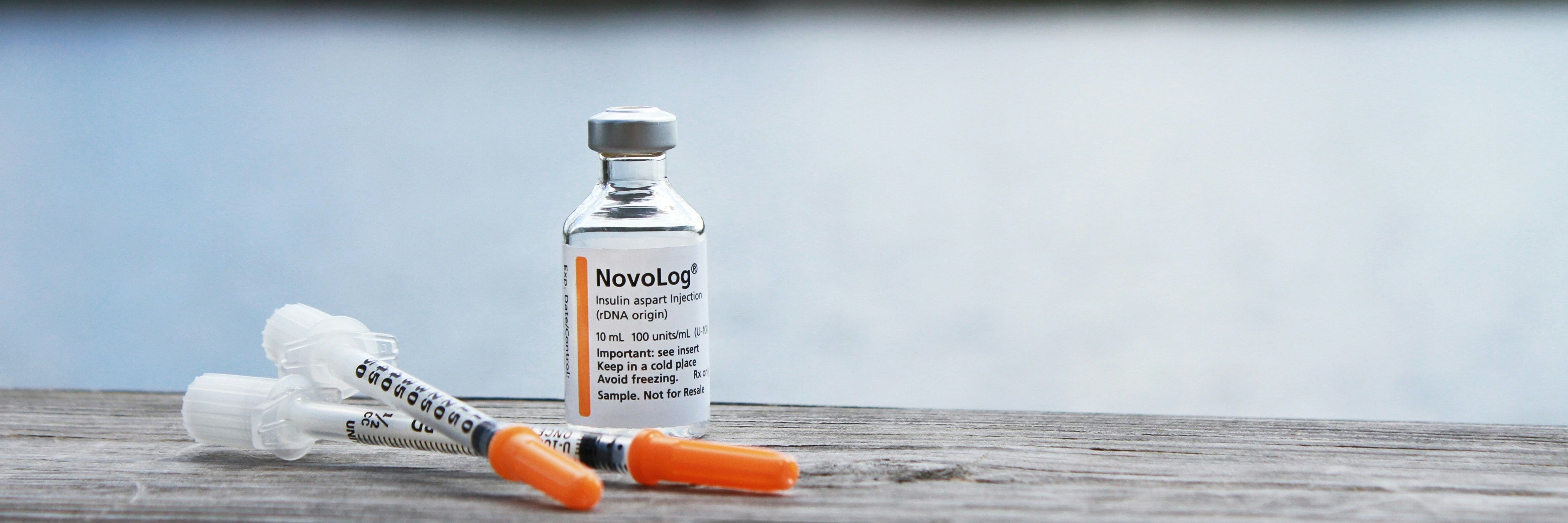Treatment Options
Type 1 diabetes is managed with multiple daily doses of external insulin, calculated alongside current blood glucose levels. Insulin can be given manually via injections, through an insulin pump, or an insulin patch.
Blood sugar must be measured in concert with insulin administration to ensure the correct dose of medication is given. This is done either manually with frequent finger sticks to collect blood for a glucometer, or with a continuous glucose monitor (CGM) adhered directly to the skin that measures blood glucose every few minutes. Some insulin pumps connect to a CGM digitally and deliver insulin automatically.
External insulin is the only lifesaving treatment for T1D. When insulin is used in combination with pumps and CGMs, day-to-day management is significantly streamlined.
Exploration in Cure Research
There is no cure for type 1 diabetes—it can only be managed. Even with advancements in insulin and innovative technology, managing T1D is still a daily burden that millions of people face every day. The only way to alleviate this burden is through a Practical Cure. Researchers are exploring avenues to a Practical Cure through islet transplantation, an artificial pancreas, beta cell regeneration, gene editing, and more.
In JDCA’s last review in 2024, out of 634 human clinical trials for T1D, only 2% (11 trials) were researching a potential Practical Cure. We are closer to a Practical Cure than ever before, but we need to drive more emphasis on the importance of cure research.
The JDCA publishes free breaking news reports on T1D Practical Cure news and is the best source for keeping you up-to-date on the latest advancements.

